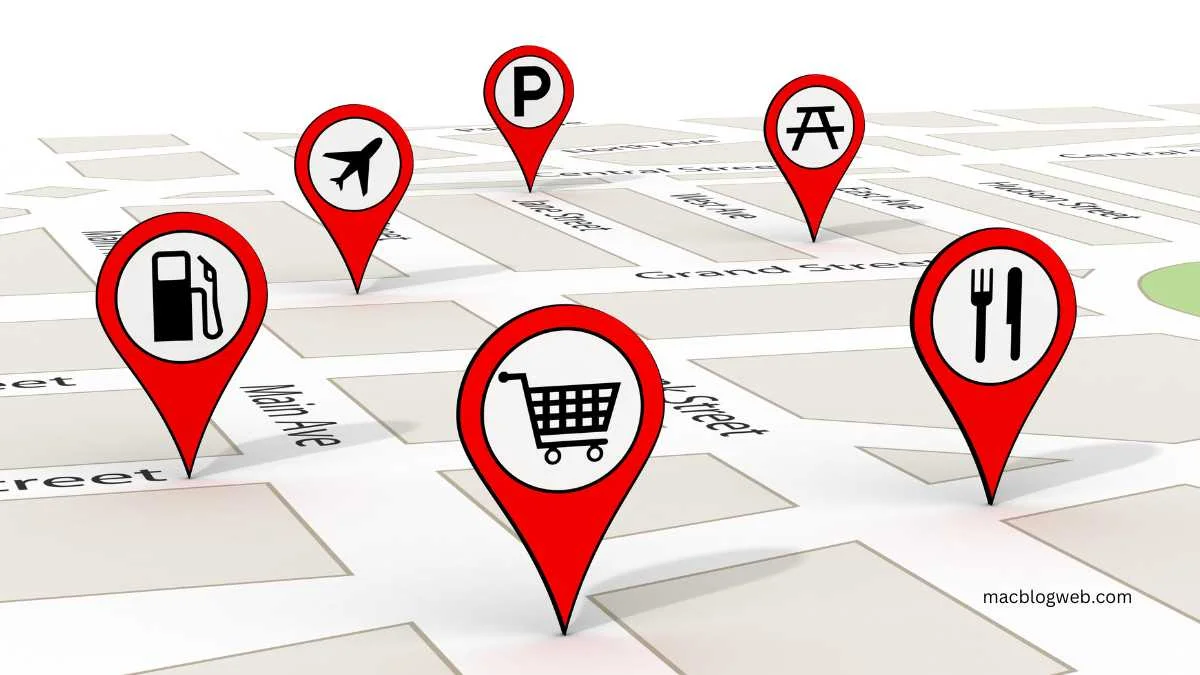A Point of Interest (POI) is more than just a dot on a map. It represents a specific location that holds significance, be it a landmark like the Eiffel Tower, a practical spot such as a gas station, or an exciting destination like a ski resort. With the evolution of GPS and Geographic Information Systems (GIS), the concept of Point of interests has become integral to how we navigate and interact with our surroundings. This article delves into what POIs are, their applications in various technologies, and their impact on daily life and business.
Definition and Overview
A Point of interest is a specific geographical location that someone may find useful or interesting. It can range from natural wonders and historical sites to everyday amenities like restaurants and hospitals. Typically, a POI includes at least the latitude and longitude of the location, often supplemented with additional data such as altitude, telephone numbers, or business hours.
Historical Context
The concept of marking important locations has ancient roots, traceable to early cartographers who created maps featuring critical geographical and cultural landmarks. With the advent of digital technology, these static marks evolved into dynamic elements in navigation and location-based services.
Technological Foundations
- Geographic Information Systems (GIS): GIS technology integrates hardware, software, and data for capturing, managing, analyzing, and displaying all forms of geographically referenced information. POIs are used in GIS to aid in detailed studies and planning by marking locations that have specific relevance to the research or project at hand.
- Global Positioning System (GPS): GPS uses satellites and computers to determine the latitude and longitude of a receiver anywhere on Earth. Point of interests are crucial to GPS navigational systems used in cars, smartphones, and other mobile devices, guiding users to their destinations.
- Navigation Software: Modern navigation apps on smartphones and other devices use Point of interests to help users find directions, check traffic conditions, and locate nearby services. These applications often use distinct icons to represent different types of POIs such as hospitals, schools, or restaurants.
Applications of Point of interests
- Travel and Tourism: For travelers, POIs on digital maps and navigation systems can highlight must-see attractions and amenities. Travel apps integrate POIs to enhance tourists’ experiences by providing not only directions but also contextual information like history, ticket prices, or visitor rules.
- Marketing and Business: Businesses use POIs to attract potential customers by registering their locations on various platforms like Google Maps. Location-based advertising leverages POIs to deliver targeted marketing messages based on the geographic location of consumers.
- Urban Planning and Real Estate: POIs are instrumental in urban planning, where they help delineate areas of interest like commercial districts, residential areas, and industrial zones. In real estate, the proximity of a property to valuable POIs (e.g., schools, parks) can significantly influence its market value.
- Emergency Services and Healthcare: In emergency situations, quickly accessible POIs can guide services like ambulances to the nearest hospitals. For healthcare, POIs help patients locate clinics, hospitals, and pharmacies.
- Environmental Management: Conservation efforts benefit from POIs that identify regions needing protection or areas where wildlife is abundant. This helps in efficient resource management and in planning environmental conservation projects.
Impact on Society
The integration of POIs in digital technologies has transformed how people interact with their environment. The convenience of having detailed information about myriad locations at our fingertips has changed travel behaviors, business strategies, and even daily routines.
Challenges and Considerations
- Accuracy and Reliability: The usefulness of a POI hinges on its accuracy. Incorrect data can lead to inefficiencies, potential safety risks, and frustration.
- Privacy Concerns: As businesses use POIs to target consumers geographically, issues surrounding data privacy and security become increasingly significant. Consumers and regulators are becoming more concerned about how location data and tracking are managed.
- Data Management: The sheer volume of data involved in managing POIs requires robust data management solutions, especially as the number of devices and platforms sharing this information continues to grow.
Future Trends
The future of Point of interests looks promising with advancements in technology such as augmented reality (AR) enhancing how we interact with POIs. AR can project virtual information onto real-world settings, providing a more immersive experience. Additionally, the increase in machine learning capabilities is likely to improve the personalization of POI-based services, making them more relevant to individual users’ preferences and contexts.
Conclusion
Points of Interest are a fundamental component of geographical data systems influencing a wide array of sectors from tourism to emergency response. As technology evolves, so too will the capabilities and applications of Point of interests, continuing to shape our interaction with the world around us in increasingly sophisticated ways. Understanding and leveraging this powerful tool is essential for businesses, governments, and individuals navigating the complex, interconnected world of today.
FAQs
- What is a Point of Interest (POI)?
A POI is a specific geographical location, such as landmarks, businesses, or amenities, marked for its significance or usefulness. - How are POIs used in navigation?
POIs are integrated into GPS and navigation systems to provide directions, locate nearby services, and enhance travel experiences. - What are the key applications of POIs?
POIs are widely used in travel, urban planning, marketing, emergency services, and environmental management to improve efficiency and accessibility.








